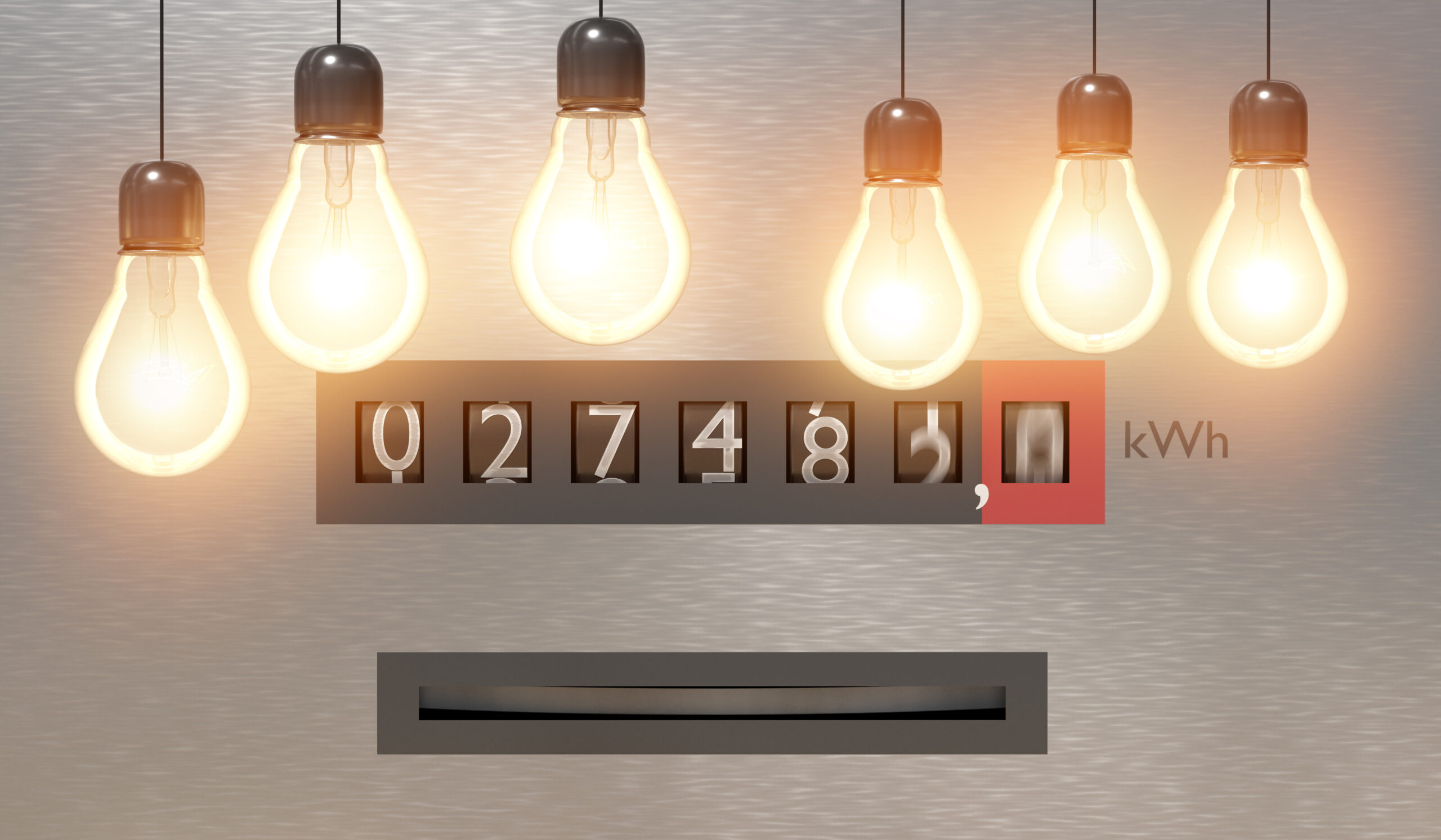Australia, watch for the upcoming changes to electricity market offers for 2024. These changes affect the Default Market Offer (DMO), Australia’s leading electricity pricing structure.
We look into the upcoming changes and why they are happening. They consider why the changes are essential and how they may impact Australia’s electricity prices and energy rates.
But before we get into that, what is the Default Market Offer?
Understanding Australian reference pricing is essential, as it operates as your electricity price safety net. It outlines what a consumer on a standing offer should pay on their annual electricity bill.
Reference pricing is determined by reviewing the economic costs retailers must recover to supply electricity to consumers.
Essentially, DMO is a reference price that prevents energy corporations from extorting consumers.
NOTE: Default Offers/Reference prices are not necessarily the lowest electricity prices available.
What is the Default Market Offer (DMO)?
The Default Market Offer is an electricity pricing structure introduced by the Australian Government in 2019. It ensures fair and transparent electricity pricing options in unregulated states.
Set by the Australian Energy Regulator (AER), DMO considers the average electricity costs by state and respective supply costs. The reference price protects consumers and is a benchmark for electricity providers, ensuring electricity prices are not excessive.
Why is the DMO Changing?
The DMO changes each July following the annual review conducted by the relevant bodies (AER). The yearly review updates pricing structures to reflect changing economic conditions. Essentially, electricity rates and the cost of supply change over time, so the reference price must be updated to reflect these changes.
What are the Changes to the DMO?
The changes will come into effect on 1 July 2024. Key changes include:
- Electricity price increase for households and small businesses;
- A new pricing structure across all states;
- An adapted method for calculating the price of electricity. This considers electricity cost for generation, transmission, and distribution;
- New calculation methods for the cost of renewable energy based on the cost of renewable energy certificates (RECs).
How Will These Changes Impact Electricity Prices?
The DMO changes are predicted to increase electricity prices for residential customers and small businesses by 10-20%.
The rising electricity cost reflects the increased costs related to generation, transmission and distribution and the demand for renewable energy certificates. These costs are then passed directly to customers through electricity bills.
What Can You Do to Prepare for These Changes?
Although these changes won’t come into place until July 20204, there are steps you can take to prepare for changes to electricity prices.

Shop Around for a Better Deal
Increased prices mean it’s time to ensure you’re getting the best electricity deal available. Shop around and find the cheapest electricity provider in your area.
While the DMO acts as a guide for electricity providers, there is still a huge price variation. Additionally, prices can vary greatly by location. So, it is essential to see what plans and rates are available in your area.
An online energy comparison tool is the easiest way to compare electricity plans between retailers. You can also contact providers directly. However, if you are time-poor, comparison tools can give you a great snapshot of the local energy plans.
However, the cheapest energy plan may not be the best. When switching electricity providers, consider your individual needs. Additional factors may include Solar FIT, free energy timeframes, or concessions and discounts.
Consider Switching to a Time-of-Use Plan
Time-of-use plans can save you a lot of money, helping you reduce your electricity bills. These plans have different energy rates for electricity during peak, off-peak and shoulder times.
The different rates allow you to take advantage of low-cost periods. We suggest you concentrate your energy consumption during those timeframes. This can help you save on electricity bills by simply considering your energy usage habits and timing usage accordingly.
Invest in Energy-Efficient Appliances
Energy-efficient appliances can be a fantastic way to reduce your energy bills. Appliances with high energy star ratings enhance energy efficiency, helping you cut back on unnecessary consumption.
Using less electricity can lower electricity bills and save you money for the things that matter.
Things to remember about the upcoming DMO changes:
The changes to the Default Market Offer in July this year will likely increase electricity prices Australia-wide.
We suggest looking at your current electricity bills and comparing provider rates to find the cheapest electricity plans available.
Additionally, consider reducing your energy consumption or saving on energy bills in other ways.
Considering energy usage and costs can save you money on electricity bills and mitigate the impact of changes to DMO.
FAQs
- What is the Default Market Offer?
- The Default Market Offer is a safety net price for Australian consumers. It is the maximum price an electricity company can charge customers on standard electricity plans.
- Why was the Default Market Offer introduced?
- DMOs were introduced to protect Australians from paying excessively high electricity prices.
- Who does the Default Market Offer apply to?
- The DMO applies to home and small business electricity customers in New South Wales, South Australia, and southeast Queensland. There is a separate reference price system for Victoria called the Victorian Default Offer.
- How to compare electricity plans with the Default Market Offer?
- When advertising offers, electricity providers must compare their price to the DMO price; this difference is usually expressed as a percentage.
- Can I change to the Default Market Offer?
- Yes. Customers previously on standing offers are automatically switched onto their electricity retailer’s default price.








